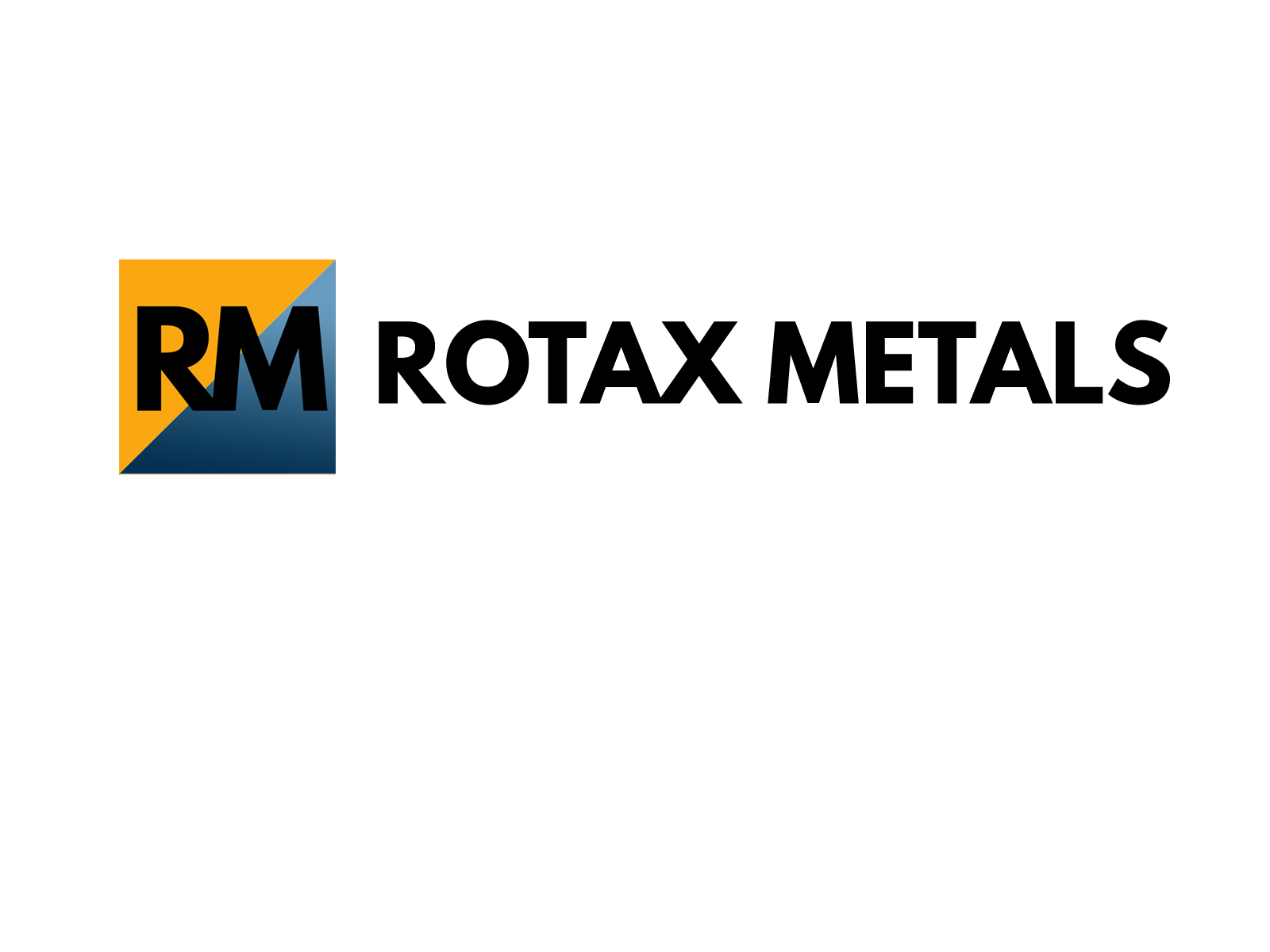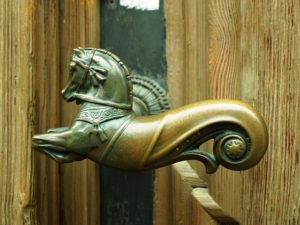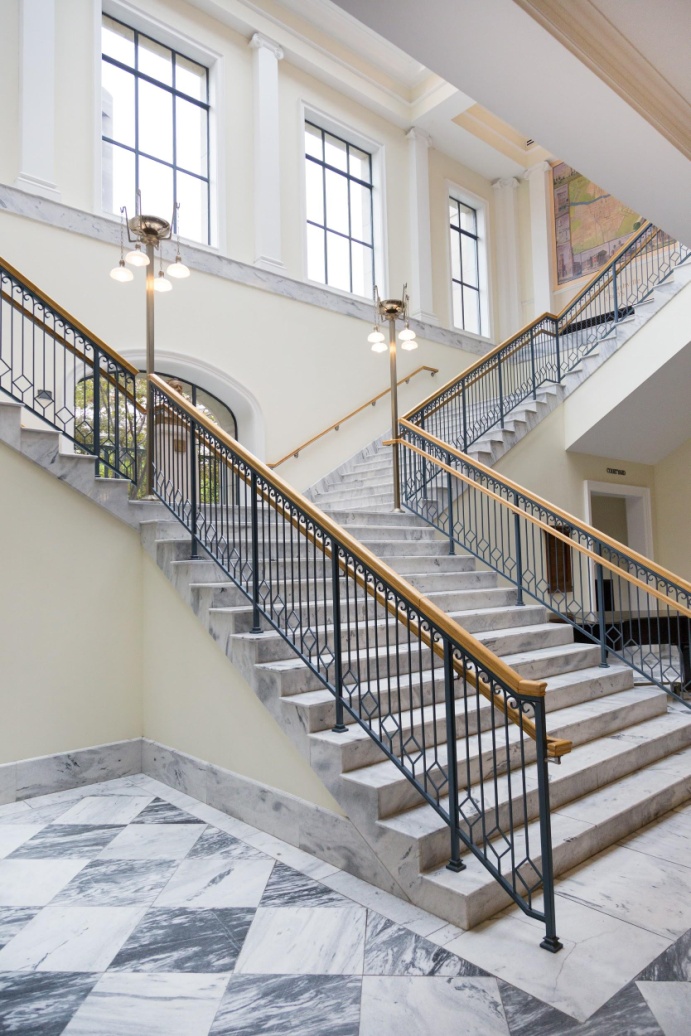Metals in interior design never go out of style. They remain high in demand because they are simple to incorporate in any design element, and can effectively elevate the aesthetic of a room almost immediately.
As easy as it is to do right, however, it can also be just as easy to get it wrong. Professionals make sure to carefully take note of the desired theme to avoid adding in items that could clash with it. A rustic-themed interior, for example, would predominantly have wood materials. Metals can be incorporated too, but certainly not by a lot, and depends on the kind that will be used. Bronze is a good option, to go with the wood aesthetic, for example, because it does “age” beautifully with its patina.
Before you go looking where to buy bronze metal, here are some helpful information on bronze metal and how you can work them into your designs for a simple yet sophisticated look.
Composition and Properties
Technically speaking, bronze is a type of alloy resulting from a combination of copper and another type of metal. The most common pairing is usually copper and tin, although there are many possible varieties. Other elements contained in bronze may include aluminum, arsenic, manganese, nickel, silicon, or zinc.
Bronze takes on a golden appearance, which is why it is a good substitute for gold. It is also hard but malleable, thus making it a good option for metal art, among its many other functionalities. In particular, bronze is a great choice for sculpture casting because it expands by just a small amount when its form solidifies from a liquid state. This helps better fill the mold, allowing the casting mold to be filled precisely.
Apart from that, it also does not generate sparks when used to strike against a hard surface. It also has considerably low friction, especially when compared against other metals. This makes it a good alternative to steel, especially when working with or around flammable materials.
Unique Patina
The trademark characteristic of bronze is the patina or discoloration. This is actually a result of exposure to air. The oxidation only affects the outermost layer of the bronze metal, though, which means that the rest of the material remains in its original state.
The patina starts out as copper oxide, and then later on transforms into carbonate. The oxidation process itself is no threat to the metal, and in fact even protects the inner layers against corrosion. What you should be careful about when using bronze are the chlorides, such as those in sea water. This can lead to the formation of copper chlorides, which in turn can give rise to corrosion that can destroy the metal. This occurrence is otherwise known as the “bronze disease.”
Care & Maintenance
If you prefer to have the bronze metal pristine and without patina, clean it regularly with the following steps. Simply use warm, distilled water to rinse the metal, and then put on paste made of baking soda and lemon juice. Gently clean with a brush; ideally, you should use the one with soft bristles so that it doesn’t scratch the surface of the bronze material. An alternative mixture for the paste could also be flour and salt mixed with white vinegar. Once you’ve scrubbed the metal with the paste, leave it on for 20 minutes before rinsing.
If the material has already developed the bronze disease, you will have to clean it a lot more frequently. You will need to soak it in a sodium sesquicarbonate solution (5% or less), changed every week. Again, always remember to use only warm, distilled water for rinsing. You’ll know the treatment has worked once the pH level turns neutral.
One thing you have to keep in mind when maintaining bronze is that oxidation is a naturally occurring process for the material when it is exposed to air. Therefore, unless you intend to keep it locked up in a glass case, you can be certain that it will develop patina again after cleaning. The other thing you can do to protect the material is to coat it in entirely with lacquer. Make sure not to miss a spot.
Types of Bronze Alloys
As was mentioned earlier, there are different types of bronze metals, depending on what combination is used. While each type would have their own special attributes, what remains constant across the board is the strength and durability, which is why it’s considered to be one of the most reliable metals around.
Aluminum Bronze
– This is said to be the strongest among all types of bronze. It also scores major points for being corrosive-resistant. It has a more industrial functionality too, precisely because of these features. It’s most commonly used in marine hardware as well as in pumps that carry corrosive materials.
Copper Nickel
– Like aluminum bronze, copper nickel is also strong and corrosive-resistant. What makes it stand out, however, is its strong thermal stability. This makes it ideal for the manufacturing of ship hulls, other marine equipment, electronic components, and the likes.
Nickel Brass
– This type of bronze takes on a more silvery color because of the nickel, although the copper content does retain the trademark bronze strength and resistance to corrosion. Common uses of nickel brass include food and beverage equipment, optical equipment, and musical instruments.
Phosphor Bronze
– Otherwise known as tin bronze, phosphor bronze is known for being highly durable and fatigue-resistant. It also has coefficient of friction. Because of its features resulting from its composition, this type of bronze is most commonly used in the manufacturing of electronic components, washers, and others.
Silicon Bronze
– Comprised of copper and silicon, this type of metal otherwise known as “red silicon bronze” actually only has as much as 6% silicon. Zinc actually comprises 20% while the rest is copper. Pumps and valve parts are the usual products to come out of this particular metal type.
Bronze in Design
Knowing the different types of bronze is crucial in determining what to incorporate in your designs. Especially if you would like to make something more custom, choosing the right materials would be very helpful for your cause.
Establishing a design theme or aesthetic is a good way to start. Identify how big a component is bronze going to be in the overall look of your design. This way, you can plan early on which likely places you can incorporate it to. More importantly, you can easily get in touch with aluminium bronze suppliers and the likes so you can order the things you need immediately.
Having a well-stocked supply should help you move along with your project a lot faster and smoothly. Of course, that goes without saying that you should be mindful of your inventory so that you don’t end up wasting your resources.
Overall, having bronze elements in your design can work wonders in elevating an otherwise simple look into something a lot more elegant and stylish. Bronze frames, for example, can make pictures or paintings stand out even more. Little bronze trinkets and other crafts can help upgrade a simple wooden table. Bronze trimmings and linings can give that subtle shine to handrails, banisters, and interior sidings.
Of course, light fixtures, coat racks, even tables and chairs, cabinets and other decorative elements all could use a pop of bronze too to upgrade its looks. Incorporating these style elements would require a special kind of care, however, that’s why knowing how to care for and maintain these metals is equally important.
Metal suppliers such as Rotax Metals can help you find the right material that you need. With quality materials, you can better execute your design plans.




 Extrusion is a metalworking technique that involves pushing a material through a die to create objects of fixed cross-sectional profiles. Manufacturers often prefer this technique traditional casting because of its ability to create complex cross-sections. Since the whole process relies on compression and shear forces, it is perfect for working brittle metals as well. Generally, all malleable and ductile metals can be extruded. Their unique properties enable them to conveniently flow through the die even with minimal compression. It can therefore be presumed that the most ideal metals to work using this technique are those with naturally high malleability, such as copper alloys.
Extrusion is a metalworking technique that involves pushing a material through a die to create objects of fixed cross-sectional profiles. Manufacturers often prefer this technique traditional casting because of its ability to create complex cross-sections. Since the whole process relies on compression and shear forces, it is perfect for working brittle metals as well. Generally, all malleable and ductile metals can be extruded. Their unique properties enable them to conveniently flow through the die even with minimal compression. It can therefore be presumed that the most ideal metals to work using this technique are those with naturally high malleability, such as copper alloys.